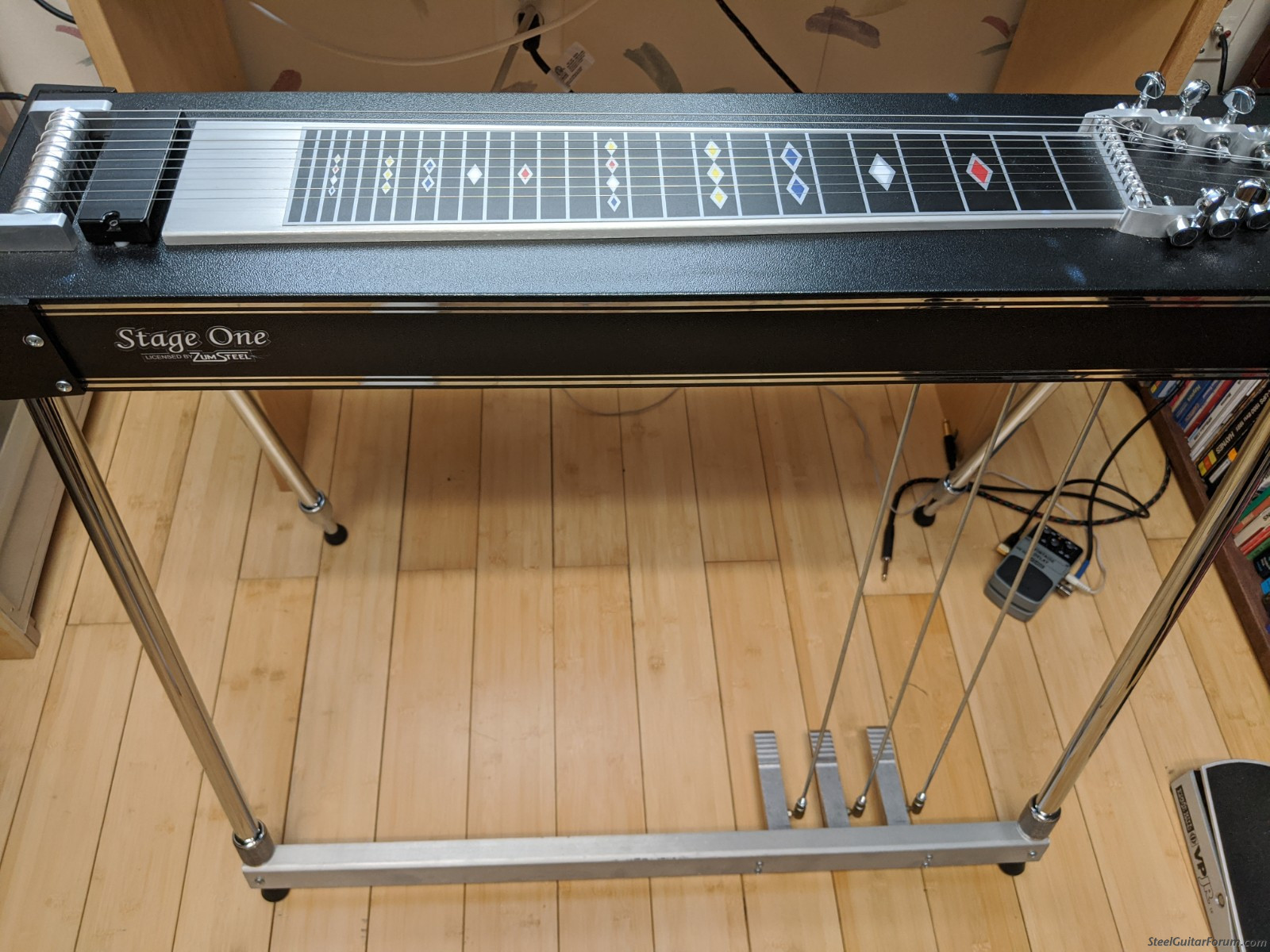

Obviously the controller must be turned on!.Step 8 – Click the “Learn” button and wiggle the controller’s foot pedal: Go to the Options > Controller tab in Guitar Rig, and click on “Add Controller”.Īt this point, a “New Control” module appears in the Controller list in Guitar Rig.

Step 7 – Define a controller inside the Guitar Rig plugin This is possible because we enabled MIDI input in Step 3 above – we get an option to select the plugin as the destination for the MIDI data in the output channel list: Step 6 – Assign the output channel of the MIDI track to the Guitar Rig Plugin. In my case, MIDI control data will be generated from my Roland A-80 controller keyboard with various pedals connected to it, connected to the Midisport 2×2 In A, so I assign the input channel thusly: Step 5 – Assign the appropriate input channel for the MIDI track. Step 4 – Add a MIDI track to capture the MIDI controller data. Step 3 – Using the VST2 drop-down menu in the plugin header, select “Enable MIDI Input”: Step 2 – Put an instance of Guitar Rig in the FX bin, and select our super-awesome patch: You’ll also want to select the appropriate input channel on your audio interface. Step 1 – Add an audio track for our guitar, to capture the guitar performance. Overview: I’ve got a nice setup in Guitar Rig, including a virtual volume pedal, and I really want to be able to control it using a MIDI controller foot pedal. I’m writing this post mostly to remind myself how it’s done.


 0 kommentar(er)
0 kommentar(er)
